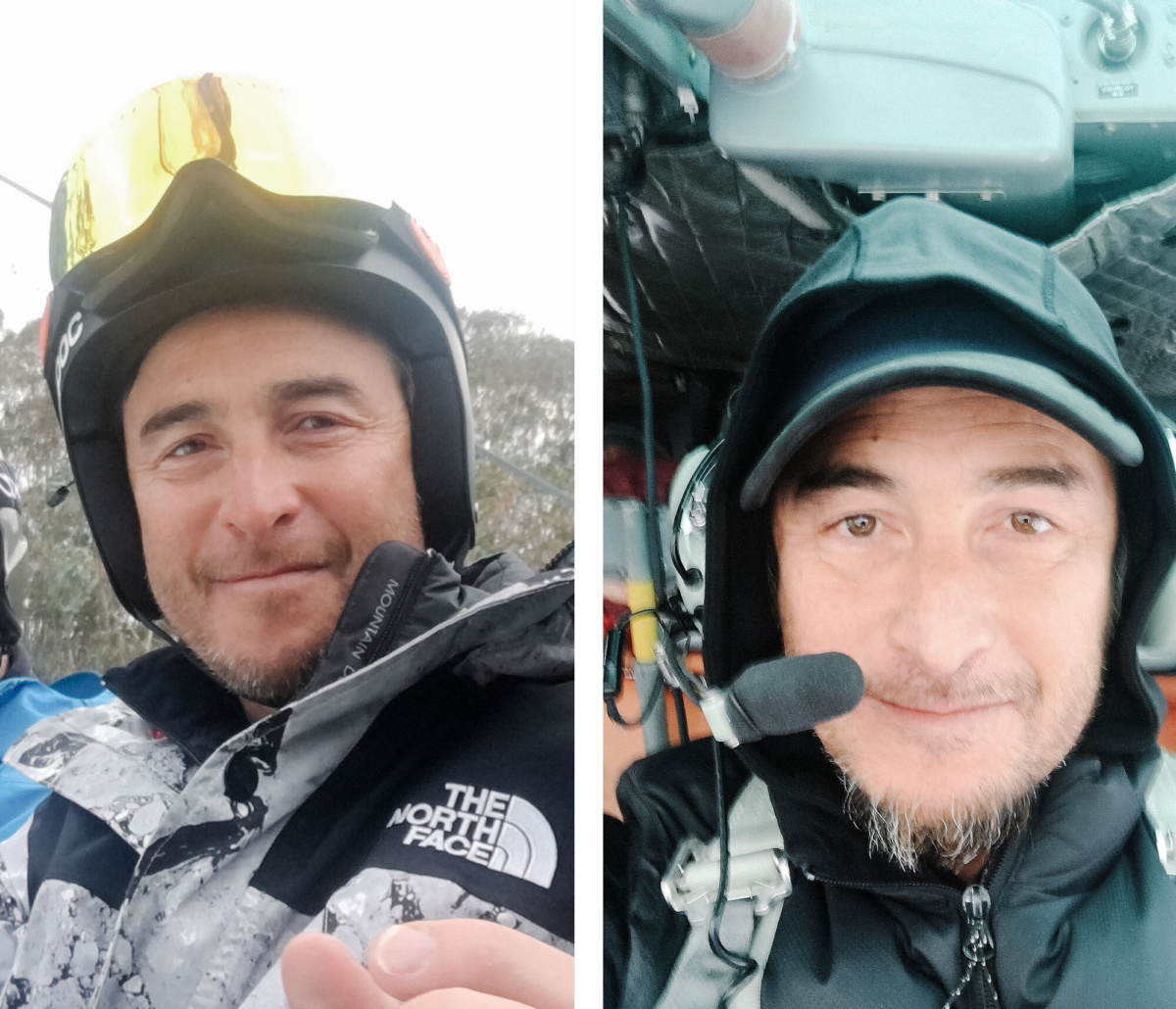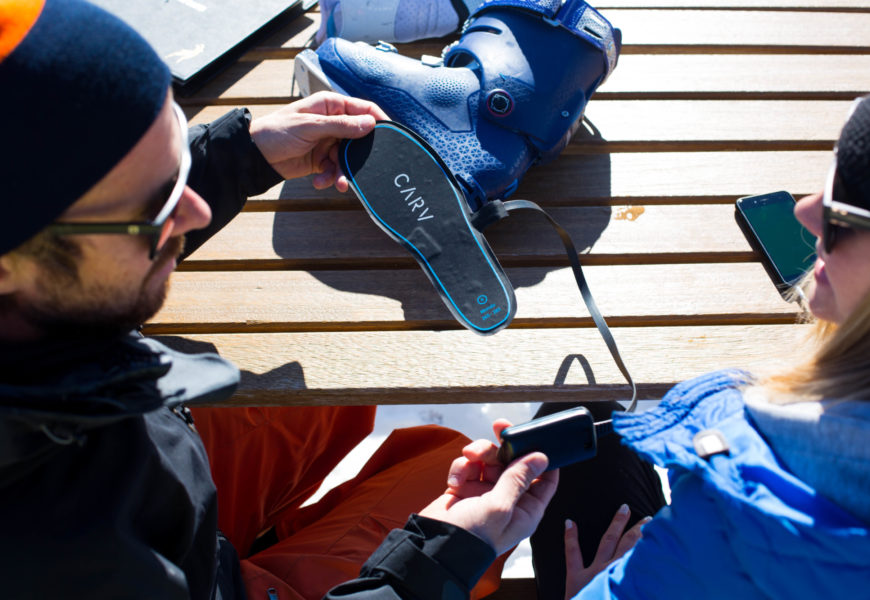Richard's Carv story
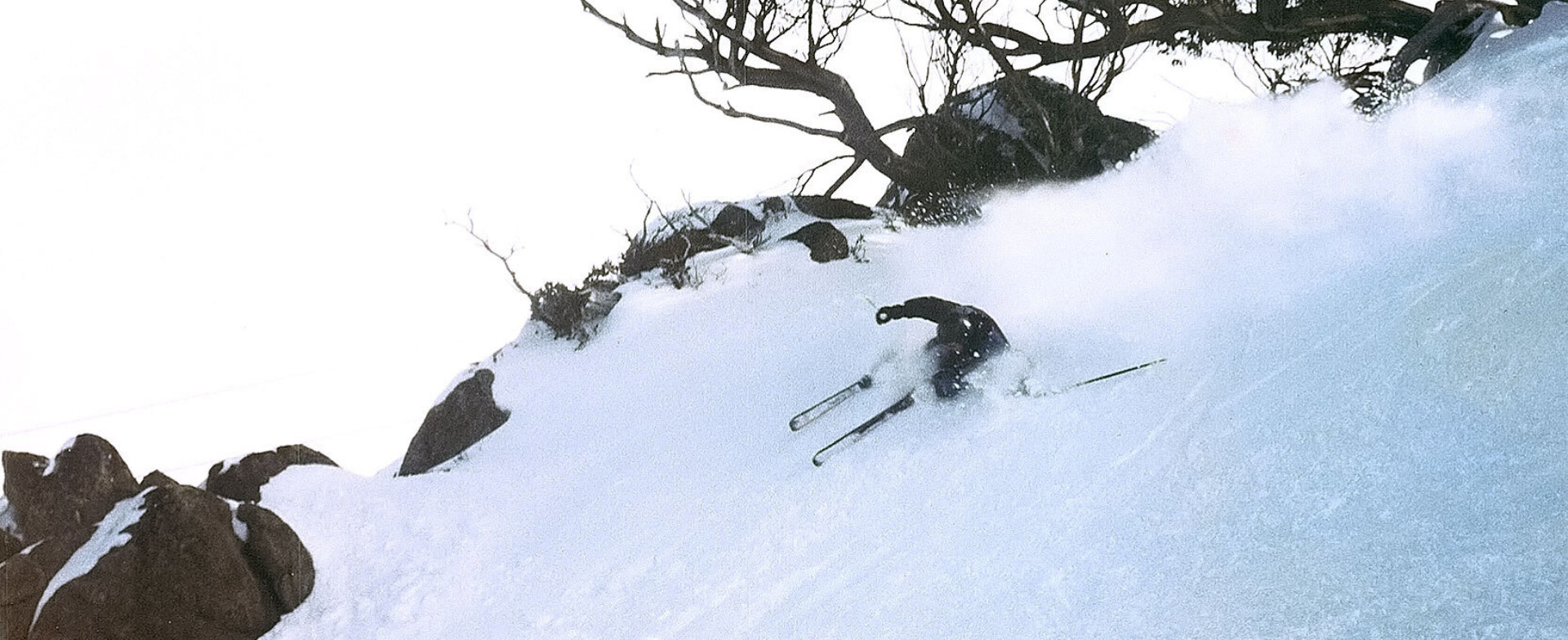
Votes:
I have been skiing consistently for 35 years, enjoying around 30-60 days per year across Australia, Canada, USA, Europe, New Zealand and Japan. I obtained Canadian Ski Instructing Levels in the 1990’s and have been seeking to improve my skiing ever since using whatever methods I could find, including:
- lessons from professionals (which I have spent tens of thousands of dollars on)
- advice from friends
- ski improvement programs
- watching ski videos
- watching ski racing, freestyle and any other form of competition
- watching ski movies.
Those that know me consider me a ski nerd and I am happy to say that I agree!
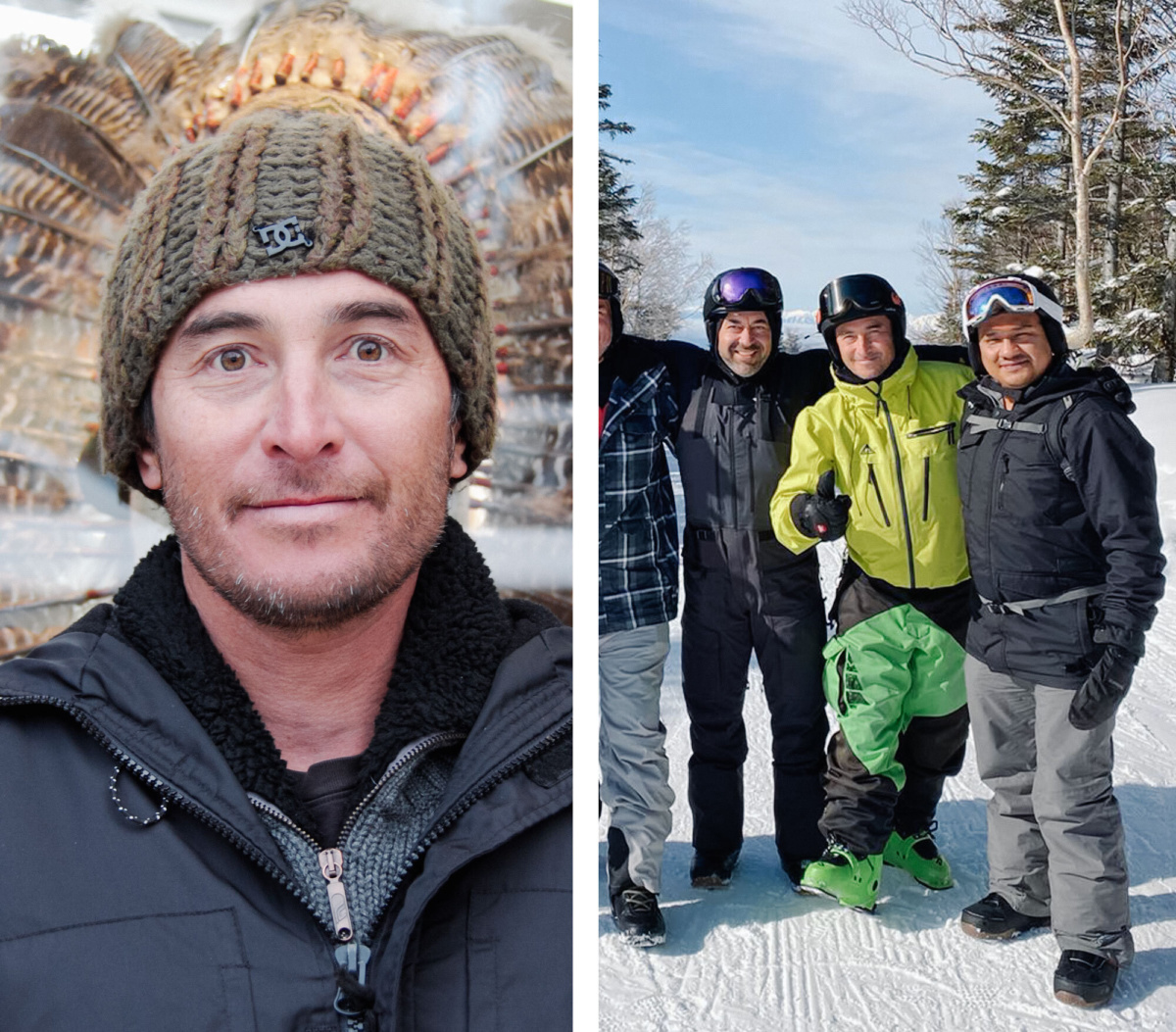
I first came across Carv in a ski shop in Australia at the end of the 2019 season. I asked those in the shop about it and they said they had tried it, and they gave it a thumbs up. However, I was still skeptical. Was this a gimmick? How could it help me? Would I be wasting my money?
I researched Carv reviews online and found broad consensus that it was a beneficial tool to improve your skiing.
"Was this a gimmick? How could it help me? Would I be wasting my money?"
I placed an order with Carv directly in December 2019, and I have now used Carv for ten days in Australia. The inserts are roughly 1-2 mm thick and should be able to be accommodated in the vast majority of ski boots. However, if you are getting new boots I would recommend using a boot insert to simulate the thickness of the Carv insert when fine-tuning your boot fitting, particularly if you are going for a tight fit as I was. Now that my boots are sorted, I will be leaving my Carv inserts in the boots permanently. They are comfortable and I do not notice them whatsoever.
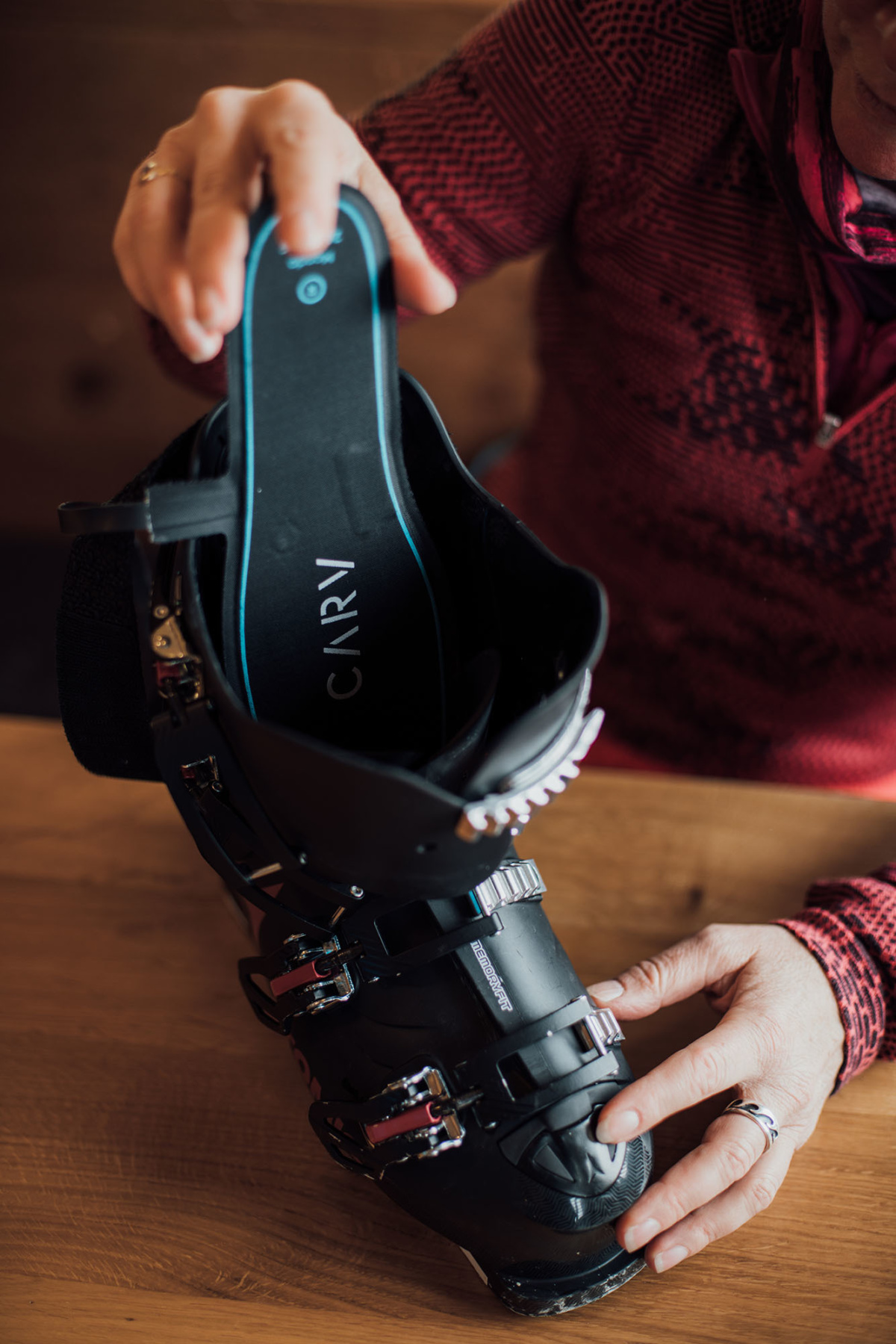
"I will be leaving my Carv inserts in the boots permanently. They are comfortable and I do not notice them whatsoever."
The Carv app can be set to a variety of modes: Free Ski, Training, Challenges and Monitors.
In Free Ski mode, Carv records many metrics which are used to provide feedback and ski analysis across the four fundamental elements of balance, edging, rotary and pressure. It provides scores for each of these principles; you can therefore analyze your performance in each of the four fundamentals separately and focus on improving the one that needs the most work.
The Training mode contains six different training exercises: Thousand Steps, Balance, Carving, Outside Ski Turns, Pivot Slips and Carving Leapers. These help hone your skills in the four fundamental elements.
The Challenges mode provides five different challenges: Edge Angle, Fast Turns, Edge Angle Streak, Metronome and One Ski.
The Monitors mode consists of seven distinct tools: Fore:Aft Ratio, Edge Angle, Edge Similarity, Parallel Index, Outside:Inside ratio, Pressure Smoothness and Edging Smoothness.
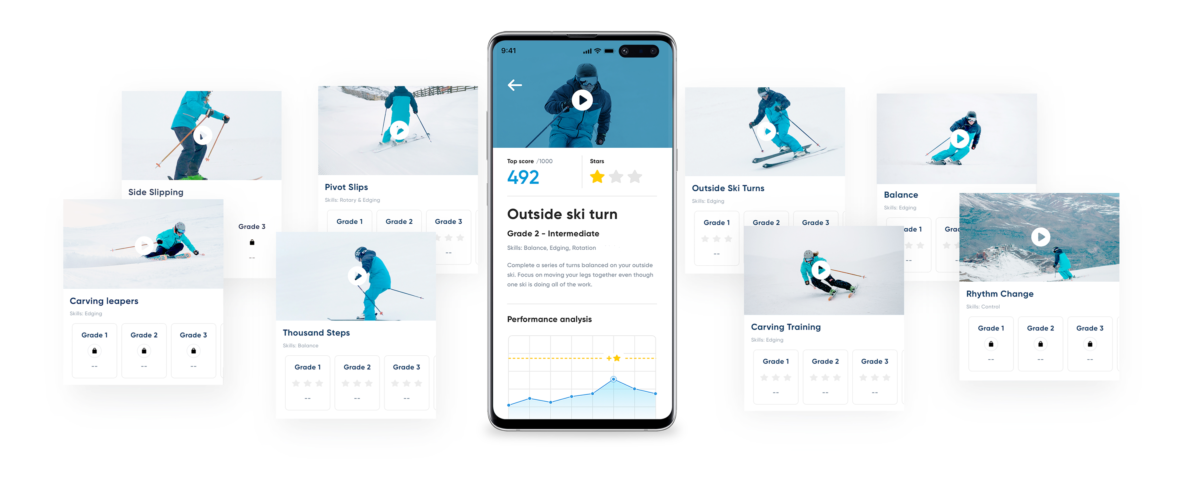
Carv's Training mode
In essence, Carv provides a variety of different ways that you can use to improve your skiing.
For example, when I wanted to work on my balance, I switched to Training mode and selected Balance, which involved skiing while focusing my attention on balance to maintain it across the whole foot, as opposed to just on the toes or heel. While skiing, my Carv coach (whom I had selected as Samantha) would provide feedback through positive or negative sounds indicating success or failure, and would also provide verbal feedback. All the training exercises are structured by level, from 1 to 20.
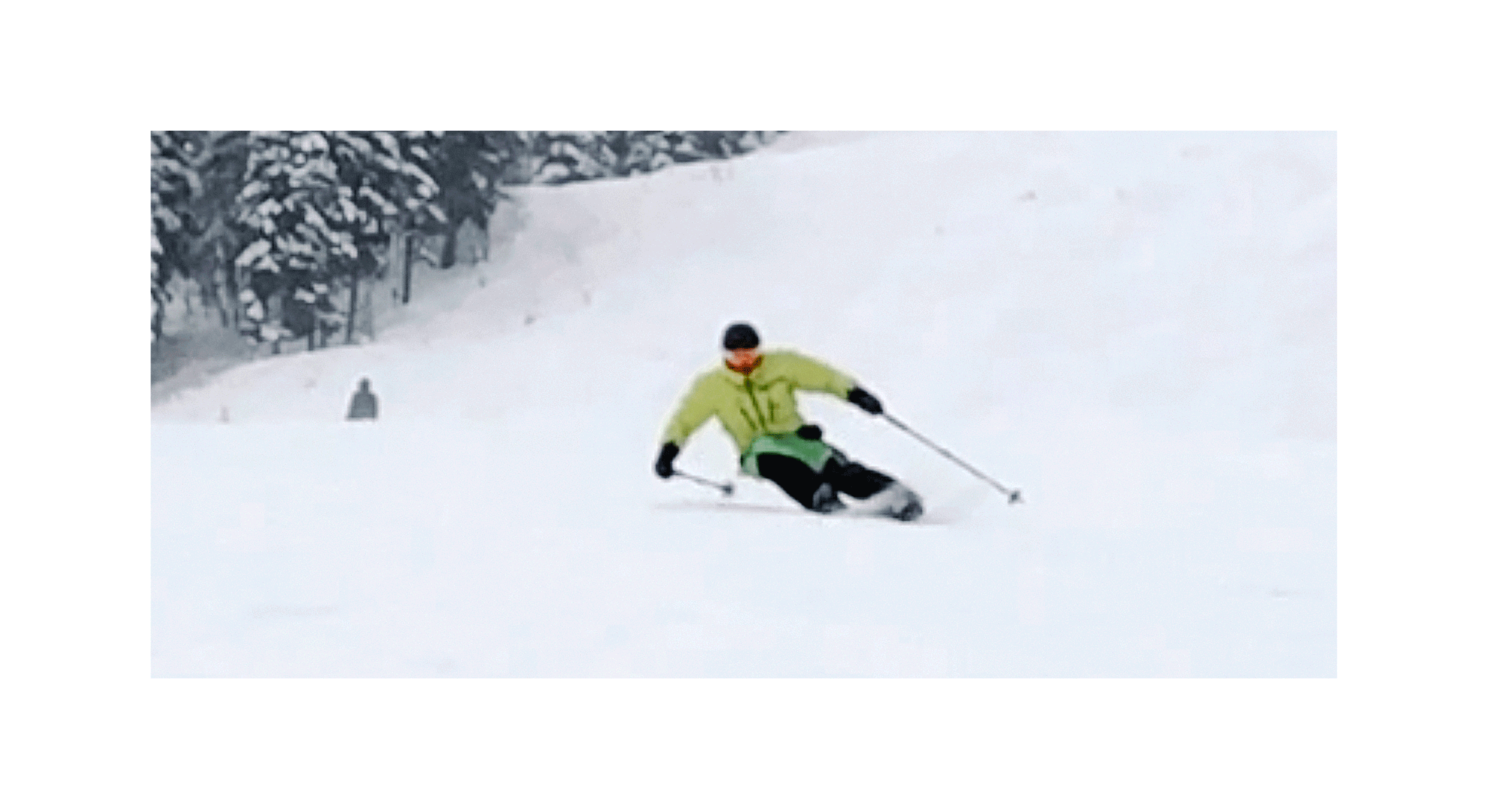
I also used the Monitors mode to assist with my improvement. For Balance, I selected Monitors and Fore:aft ratio. While on this setting, Samantha would tell me my Fore:aft ratio on each turn as I skied, which allowed me to capture the feeling in my mind that related to a specific Fore:aft result. I could then seek to replicate this feeling, which was very useful in helping me pinpoint the exact feeling or sweet spot. Sometimes the sweet spot was not where I had previously thought it had been, which not only alerted me to this fact but allowed me to correct it – awesome for fine-tuning each specific aspect of your skiing.
In addition, Carv records your results for the monitor for each turn for review later: for example, if I performed 100 turns using the Fore:aft monitor, I could review what I scored on each turn to assess my improvement.

The Challenges were also an effective way to improve. I enjoyed the Edge challenge, which tells you your maximum edge angle whilst performing each turn. I found I could try different strategies to achieve higher edge angles: for example, I tried to focus on getting my inside hand on the snow or increasing my edge angle at the end of my turn to shoot the skis more perpendicularly across my direction of travel. Carv would let me know immediately the edge angle achieved, allowing me to know what was working.
"I found I could try different strategies to achieve higher edge angles"
Carv also uses an algorithm that draws on data to calculate a Ski:IQ, which can be anywhere between 0 and 200. It does this for every run, and the highest Ski:IQ achieved on any run is then plotted on a worldwide Ski:IQ leaderboard, so you can compare your progress on the leaderboard with other Carv uses.
I have been skiing for a long time and although I have consistently tried to improve, I don’t believe I have been able to improve my skiing from one day to another over the last ten or even fifteen years. My skiing has reached a plateau for long periods of time – since using Carv, I have made improvements daily.
"My skiing has reached a plateau for long periods of time – since using Carv, I have made improvements daily."
I was interested to see how consistent the Ski:IQ was because if it was consistent, it would reflect its accuracy in determining your level of skiing.
On each of the ten days that I have used Carv, I have done so at the same resort, in similar snow conditions and on similar runs. The snow conditions varied from hard to soft piste and from groomed to chopped, but no powder. On the first two days, it evaluated my best run on each day with a Ski:IQ of 141 – I found this to be amazingly consistent. I was eager to see what happened on the third day: it evaluated my best run at a Ski:IQ of 143, and on the fourth day, a Ski:IQ of 141 again – these were very consistent results. It appeared that Carv was consistently measuring my skiing ability, which provided me with a level of comfort that the method it used was trustworthy.
By day 9 of using Carv and after reviewing the data that Carv had recorded for me, it appeared there was an issue with my rotary skills, particularly on my turn to the right. I could not work out what was going wrong; I had all sorts of ideas to improve this element and tried my strategies in Free Ski mode, but nothing seemed to be working. In addition, the snow on the morning of day 9 was bullet-proof ice that was not enjoyable to ski. I was wondering how I could make my time on the snow productive; I thought to myself, what is ice good for? Sliding came to mind.
I decided to use the conditions to my advantage and do a rotary-specific exercise provided in training mode: the Pivot Slip. I worked my way through the levels for five runs (approx. 10 km) using the super-slick surface that the ice provided. I progressed from Level 1 through to Level 18 in this time.
I went back to Free Ski mode to see if it had any effect on my rotary and Ski:IQ scores. On reviewing my run, both the rotary and Ski:IQ had increased: rotary from OK to good (or 45 to 60) and my Ski:IQ had increased by 3 points from my previous best of 143 to 146. On day 10, I achieved a Ski:IQ of 147.
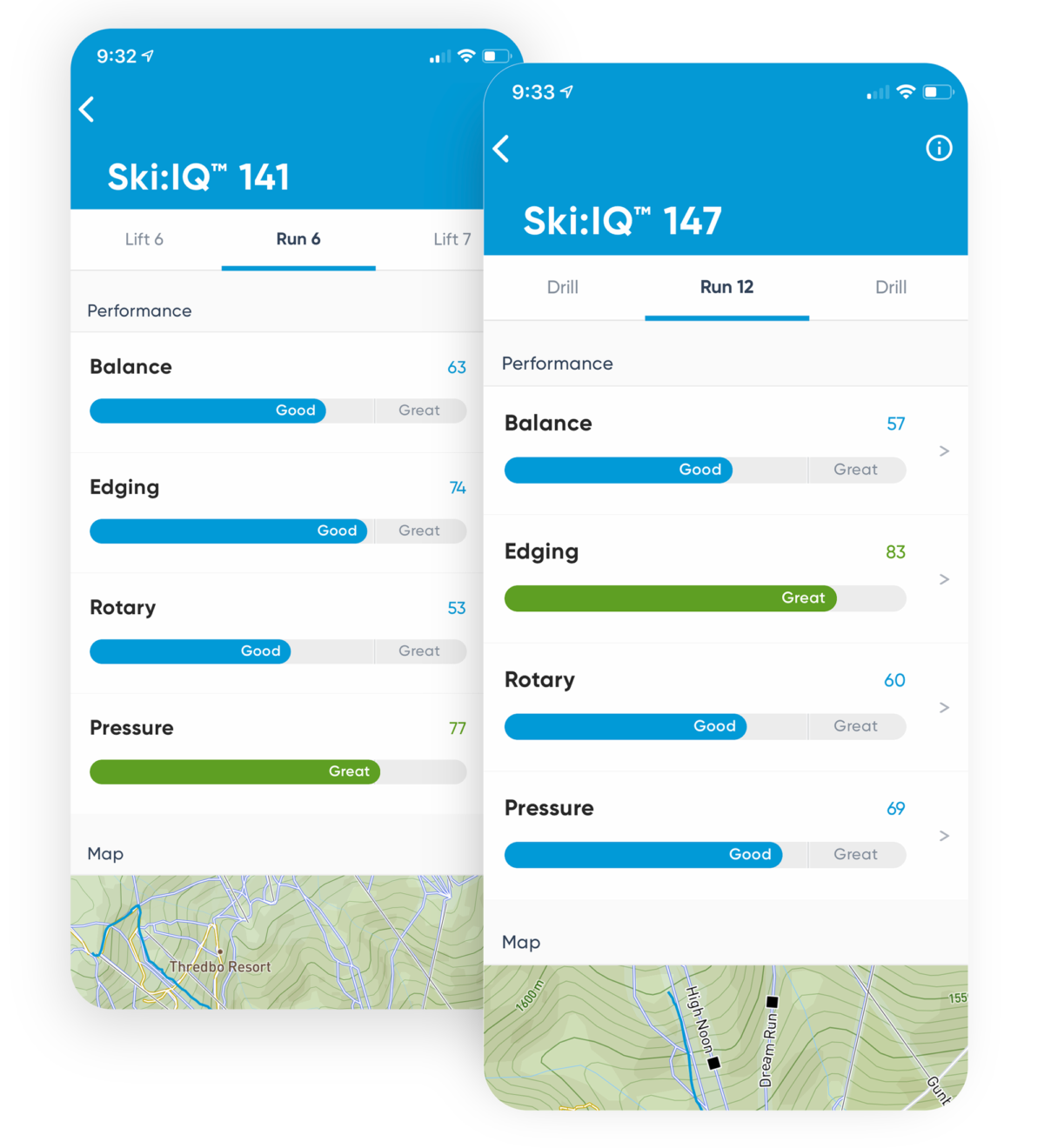
A Ski:IQ PB!
So Carv seemed to think that my skiing had improved, but do I? Yes, I do. By using Carv, I was able to identify sweet spots in each of the four fundamental elements and aim to achieve them. It prompted me to try varying tactics to achieve these results. I was already quite proficient at most of these tactics, however what I lacked was finding the correct balance, weighting and timing of their use. I used Carv to guide me towards a target that it highlighted through verbal prompts while skiing, training and monitoring goals; and the recorded data to blend the skills to achieve improvement. A friend of mine, whom I ski with regularly, also recognised the improvements.
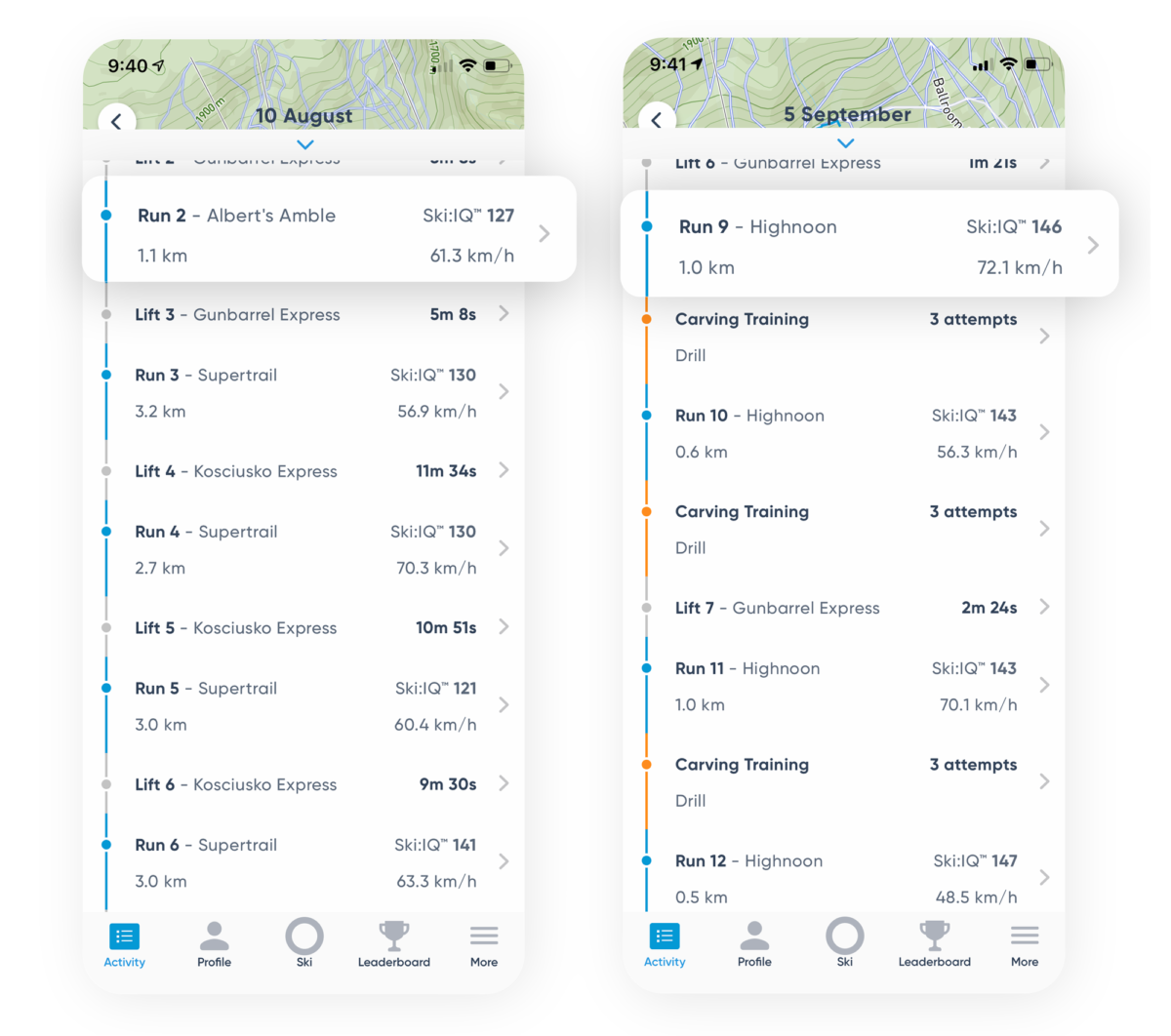
Noticeable improvement between August and September
"I found myself looking forward to skiing by myself so I could focus on the improvements that Carv could unlock."
At times skiing by yourself can be a little dull and monotonous. Carv changed that for me. I found myself looking forward to skiing by myself so I could focus on the improvements that Carv could unlock. If you are serious about improving, Carv is an excellent tool. I now look forward to perfect groomed as much as perfect powder – the best of both worlds. Several of my friends are now putting in their orders for Carv.
I don’t think they want to be left behind.
